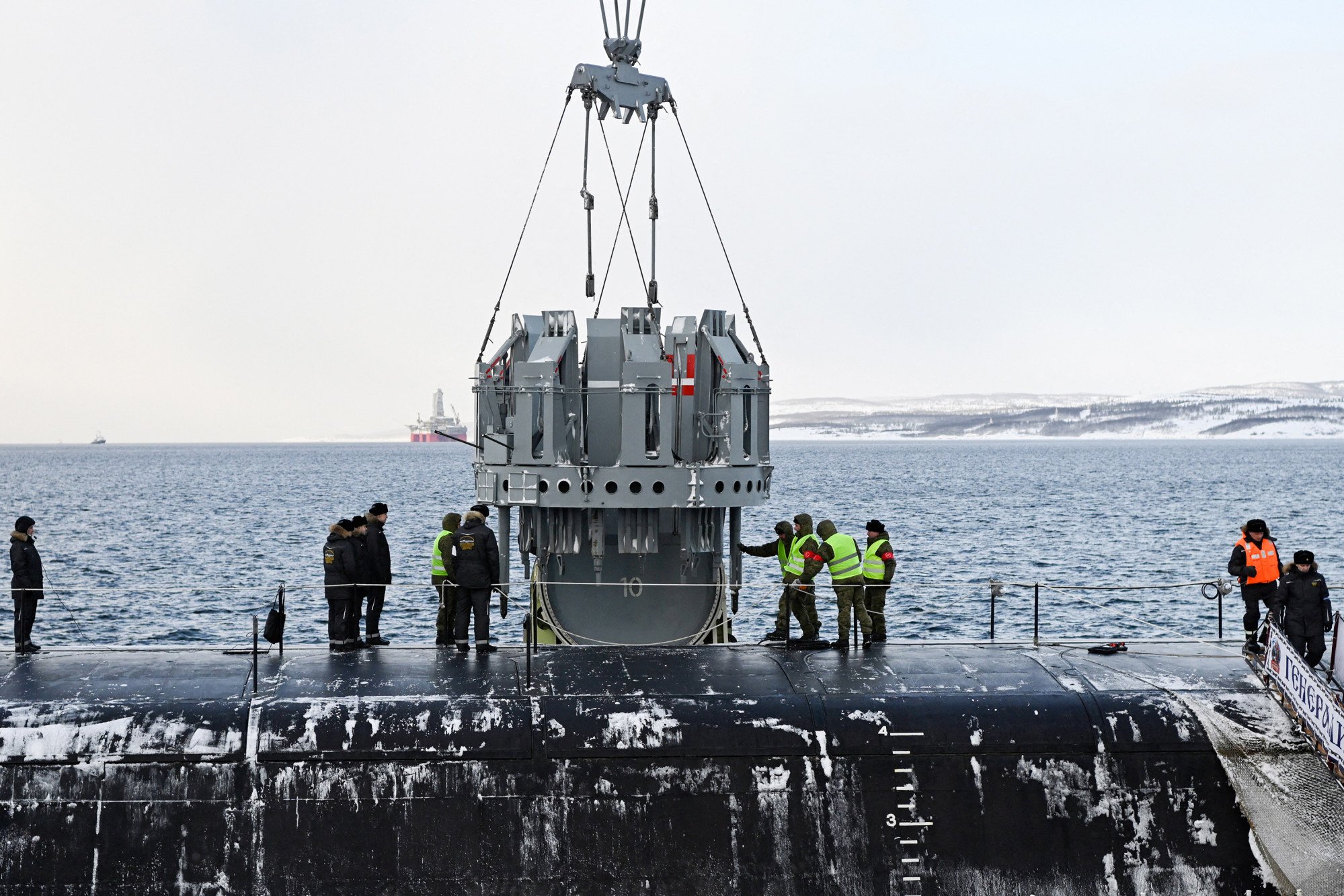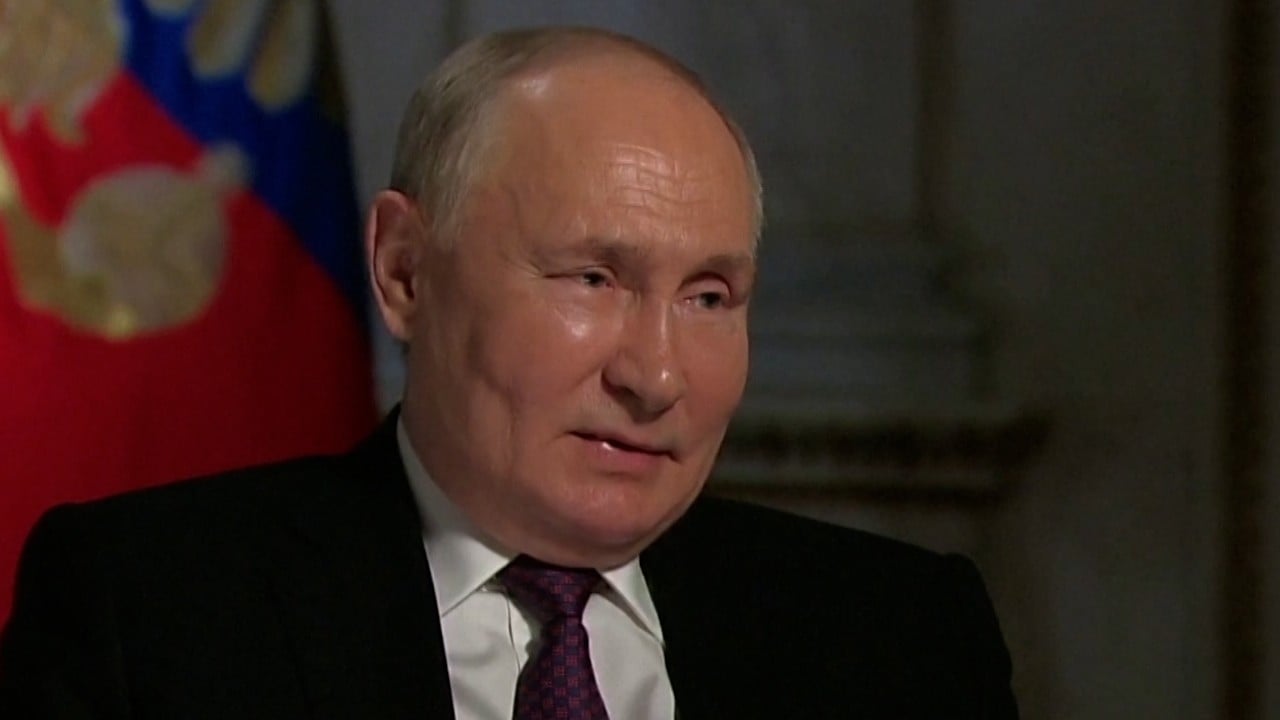The March 11 test of the Agni-5’s MIRV (multiple independently targetable re-entry vehicle) variant is seen as a response to China’s earlier deployment of MIRV-capable DF-5 ICBMs, according to the Federation of American Scientists think tank.
Pakistan first test launched its MIRV-capable Ababeel medium-range ballistic missile in 2017. It is awaiting delivery of eight Chinese-designed Hangor-class submarines thought to be capable of carrying Babur-3 nuclear-armed cruise missiles.
“There exists in South Asia what some have called a ‘strategic chain’, marked by the interconnectedness of strategic competition and downwind effects at the regional and subregional levels,” said Wilfred Wan, director of Stockholm International Peace Research Institute’s Weapons of Mass Destruction Programme. “The emphasis on MIRVs reflects this.”
However, both India and Pakistan are still “likely a few years away” from being able to deploy nuclear-armed submarines, according to Shawn Rostker, a research analyst at the Washington-based Centre for Arms Control and Non-Proliferation.
“It will likely take some time before either deploys undersea missiles and longer before such missiles could be nuclear-capable,” he said.
Israel, which denies having a nuclear arsenal, is widely believed to either possess MIRV technology or be in the process of developing it. The country reportedly launched its latest German-built submarine in August last year. Analysts contend this and other Israeli submarines are capable of carrying nuclear-armed missiles.

That would make Israel the only nuclear power in the Middle East currently – though Iran is known as a nuclear threshold state, as it has the capacity to build warheads.
India’s Agni-5 MIRV test, for instance, was widely seen by analysts as a response to recent Chinese deployments, which themselves may have been a reaction to capability developments on the part of the US, Wan said.
Masao Dahlgren, a fellow with the missile defence project at the Centre for Strategic and International Studies in Washington, said “there is no one factor driving these MIRV developments”.
“There are obviously changes in the external security environment” like China’s sudden nuclear build-up, he said. But internal political changes can also play a role.
‘Guardrails are being removed’
The acquisition of MIRV technology can tempt ambitious national leaders to adopt a more threatening nuclear posture instead of solely relying on such weapons as a deterrent, say analysts – who give Russia’s increasingly aggressive posturing since its February 2022 invasion of Ukraine as an example.
Russia has replaced nearly all of its Soviet-era nuclear arms with modern systems in recent decades – a process that has involved the swapping out of single-warhead ICBMs for MIRVs and the upgrading of its fleet of submarines to carry more of the newer multi-headed cruise missiles.
Newer Borei-class nuclear submarines, capable of carrying 16 ballistic missiles with MIRV warheads, are also being launched – with half, as before, being deployed to the Pacific coast – to replace the Russian navy’s few remaining Soviet-era Delta-class boats.

Washington continues to maintain a force of nuclear-capable bombers and ballistic-missile submarines in the Asia-Pacific, however, in addition to a stock of B61 tactical nuclear bombs that are intended for operations in the region.
Why North Korea rejects US talks: regime ‘never negotiates if it feels strong’
Why North Korea rejects US talks: regime ‘never negotiates if it feels strong’
Together, the US and Russia possess around 90 per cent of the world’s nuclear warheads, with the Federation of American Scientists estimating that Russia has around 5,580 and the US 5,044, including ones that have been retired, stockpiled or are held in reserve.
A treaty known as New START, which entered force in 2011, limits each country to a maximum of 1,550 deployed strategic warheads, with additional restrictions on ICBMs and bombers. With its looming expiry in 2026, fears are growing of a new nuclear arms race.
An earlier treaty known as START-II would have banned MIRV-capable ICBMs, but it never entered into effect.
“Arms control and disarmament architecture are deteriorating. Guardrails to avert the danger of nuclear war and avoid arms races are being removed,” Wan said, adding that nuclear-armed states’ force modernisation programmes were “contributing to a more destabilising global order”.
The US has yet to adopt a more aggressive nuclear posture in response to Moscow’s moves, though an October report from Congress’ Strategic Posture Commission did call for such a nuclear build-up.
We live in a much more complicated world today than during the Cold War when the nuclear race was limited to two superpowers
When New START expires in two years both the US and Russia could add “hundreds of additional warheads onto their already deployed systems” within a matter of weeks or months, the Federation of American Scientists warned in March.
The US think tank, which provides expertise and analysis on arms control and non-proliferation, estimates that China currently has around 500 nuclear warheads, which the Pentagon says Beijing hopes to double by 2030.
India and Pakistan are estimated to possess 164 and 170 warheads, respectively, while Israel is thought to have 90, with enough fissile material stockpiled to produce 200.
Experts speculate that North Korea has assembled around 40 or 50 warheads.
The build-up of “nuclear weapons anywhere threatens to destabilise everywhere,” Rostker, the non-proliferation researcher, said.
“We live in a much more complicated world today than during the Cold War when the nuclear race was limited to two superpowers.”


